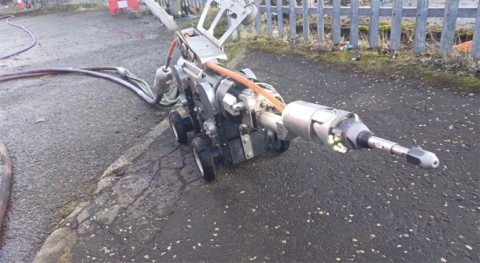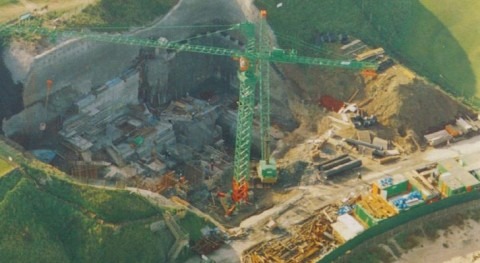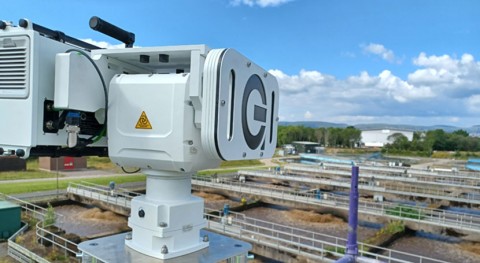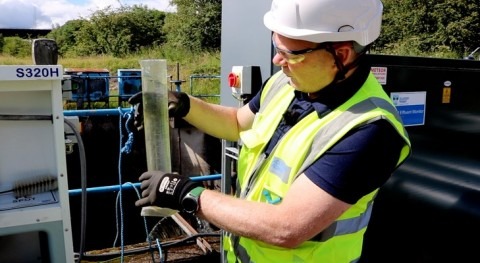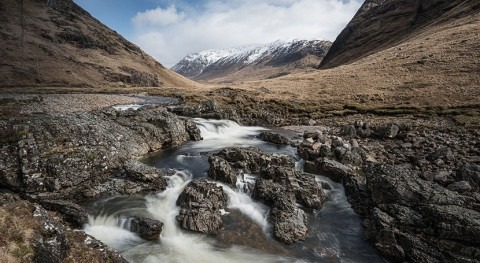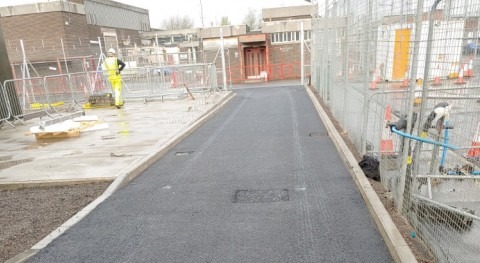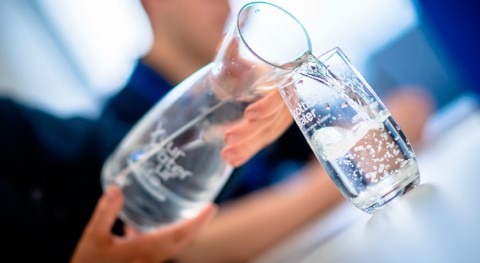Scientists are making sure Scotland’s water is wholesome and safe for people to drink – using a technique that involves burning plasma at temperatures hotter than the surface of the sun.
The laboratory specialists, part of Scottish Water’s key worker team keeping the country’s water flowing, check water samples for metallic elements such as iron, manganese, aluminium and lead to ensure they meet strict drinking water standards.
As part of the process in our laboratories, they are using a complex technique which involves the formation of jets of Argon plasma, a flow of Argon gas which has been ionised by a high voltage, burning at temperatures of about 5,000 to 6,000 oC.
In a process reminiscent of a Sci-Fi movie, two ‘Metals Teams’ use cutting-edge technology to inject a water sample into an instrument called an Inductively-Coupled Plasma Optical Emission Spectrometer - or ICP-OES for short.
Craig Murray, who leads the Metals Teams which are based just outside Edinburgh, said “In simple terms, we test Scotland’s water using powerful machines to make sure there aren’t nasty chemicals.
“The machines create an environment inside them which is hotter than the surface of the sun and in there the water sample and any chemicals in it are ripped apart so we can measure what’s there. We then report back with the results which lets everyone know that our water is of high quality and safe to drink.”

Craig Murray leads the Metals Team
Inductively-Coupled Plasma Optical Emission Spectrometer
Craig and his metal detector colleagues receive water samples from locations across the whole of Scotland, each with a unique chemical ‘fingerprint’, including lochs, rivers, ground water, water treatment works and customers’ taps.
The ICP method is the most reliable way of analysing trace metal concentrations in water samples. Scottish Water has five of the metal analysers, which cost more than £50,000 each depending on the specification, and is procuring another one.
The instrument has a viewing window on the front through which the plasma can be observed. Inside it, the plasma operates within a vacuum, otherwise the air would ignite. Scientists wear lab coats, safety goggles, gloves and safety footwear.
During the Covid-19 pandemic, sampling has been ongoing to maintain the quality of Scotland’s water to five million people. Working in tightly controlled lab conditions, the teams are also following different shift patterns and following social distancing guidance to ensure safety and wellbeing.
The Metals Teams are among the unsung heroes of Scottish Water whose work is very much behind-the-scenes but essential to its ability to continue providing high-quality water to customers.
Craig added: “It’s a challenging environment but the teams always rise to that challenge and their attitude, perseverance and good humour means it’s always a pleasure to be in the lab.”




